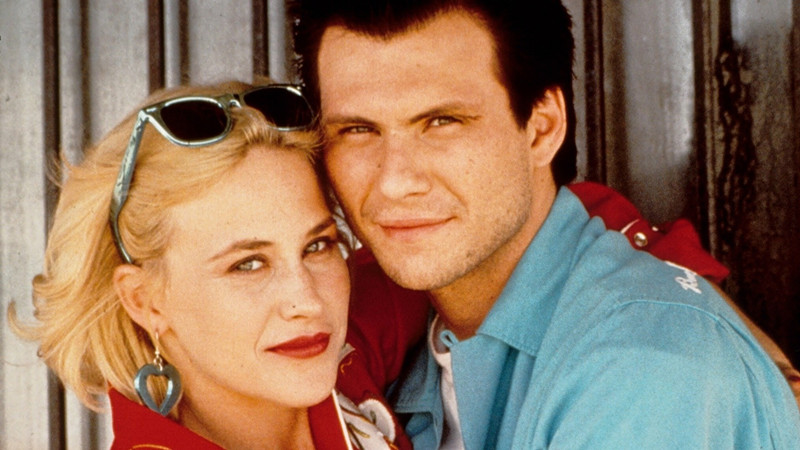
Tony Scott was a director who knew what kind of movies he wanted to make. He made action movies and he didn’t apologize for it. He wasn’t looking for an Oscar. He let his older brother Ridley handle that department. However, when you look at his filmography you see that he was more than an action director, he was a true artist who painted every single frame of his films with his gut, his soul, and the key ingredient of all of his films — his heart.
That’s right. Macho Tony Scott brought a lot of heart to his work and that’s what made his action movies mean something, because he knew the key to any action movie is the character and what happens to them. He made us care for them and their choices informed the action.
That’s why his films first resonated with us and why they continue to hold up. Even his misses are admirable. Critics often talk about an auteur’s voice. Tony Scott’s voice was a painter’s sensibility. His unique brush stroke distinguishes every one of his films. Considering his age — 66 when he made his last movie, UNSTOPPABLE, in 2010 — there were no signs of his slowing down.
Like a good scotch or a fine wine, Tony Scott got better with age. The proof is in his latter films when, no longer a hired gun, he carefully picked the kind of film he wanted to leave behind.
His filmography is not only a testament to his always pushing the boundaries of the genre, but it is also a great legacy. He left us much too soon, and the irony of his last film is, the only thing that kept Tony Scott from being unstoppable was Tony Scott himself. It’s unfair to think of this list as a “worst to best,” that would not be true of Tony Scott. This list is really an observation of his evolution into one of our greatest storytellers. Here’s to you, Mr. Scott.
16. The Fan (1996)
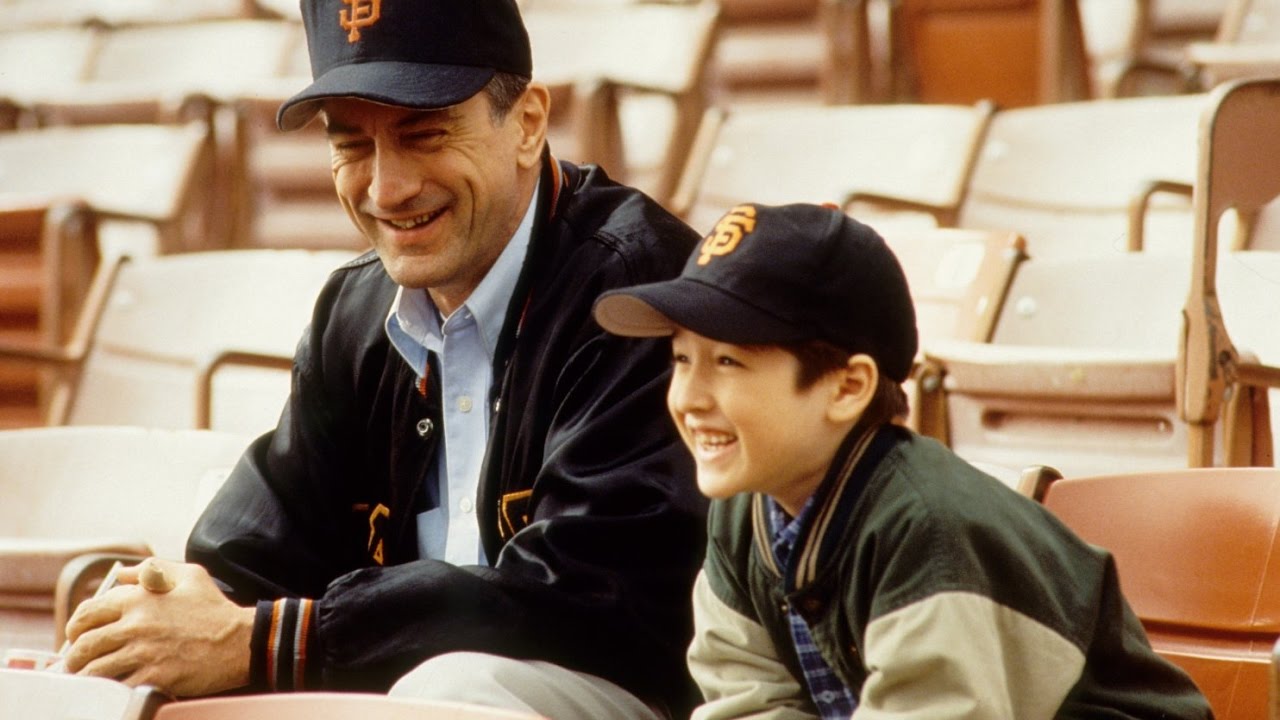
This is by no means a terrible movie, but it is a very uncomfortable movie to watch. Tony Scott has said that after doing TOP GUN and BEVERLY HILLS COP II, he wanted to venture into darker stories, where characters go through a kind of somber journey into the recesses of their troubled souls. In the case of THE FAN, it’s not the soul of a man, but his mental illness.
Robert DeNiro plays knife salesman Gil Renard, an unhinged Major League Baseball fanatic whose menacing admiration for cocksure Bobby Rayburn (Wesley Snipes) leads to his ultimate undoing. This subject matter was a departure for Scott, but in hindsight, one cannot help wonder whether he was exploring the issue of manic depression during this time.
Or maybe it was just Hollywood’s then-current fascination with disturbed stalkers, e.g., David Fincher’s SEVEN, which had been released the year before. There are even echoes of SEVEN with the use of music tracks by industrial rock band NINE INCH NAILS who also contributed to the music of SEVEN.
However, here Scott employed Trent Reznor’s music like Bernard Herrmann’s dagger strikes in Hitchcock’s PSYCHO. The filmmaking is top-notch as is Scott’s usual visceral kinetic style, but the film lacks a sympathetic character to really root for.
It’s also tough to empathize with Wesley Snipes’s Bobby Rayburn, who comes off as an egocentric player drowning in his own depression from a superstitious slump after he loses his lucky number. [It’s interesting to note that Scott would wear the same pink shorts and baseball cap every time he directed a film, as if he, too, were superstitious, and hoping to ward off a bad movie slump.] But if you compare DeNiro’s Travis Bickle in Scorsese’s TAXI DRIVER to his Gil Renard, Bickle had a kind of nobility to his unhinged personality that made us root for him when he sets out to rescue Jody Foster’s character, Iris.
DeNiro’s portrayal of Gil was real and dark and it never recovered from the moment he verbally abused his son at the baseball game and then abandoned him to fend for himself in the crowded stadium in order to complete a sales call. There is a great moment in that scene when a woman witnesses this abuse by DeNiro’s character and Scott puts the audience in her place and makes us feel exactly as she did: a helpless bystander too afraid to do anything about it and come to the child’s rescue.
Scott’s painstaking research into fanaticism and mental illness made this movie too “all-too-real” to fully enjoy. The film also suffered from its poor marketing; it was labeled as a sports movie with a thriller twist. Unfortunately, for moviegoers, it was not a crowd pleaser. But the standout is Scott’s visual style with Dariusz Wolski’s beautiful photography plus a haunting score by Hans Zimmer.
15. Beverly Hills Cop II (1987)
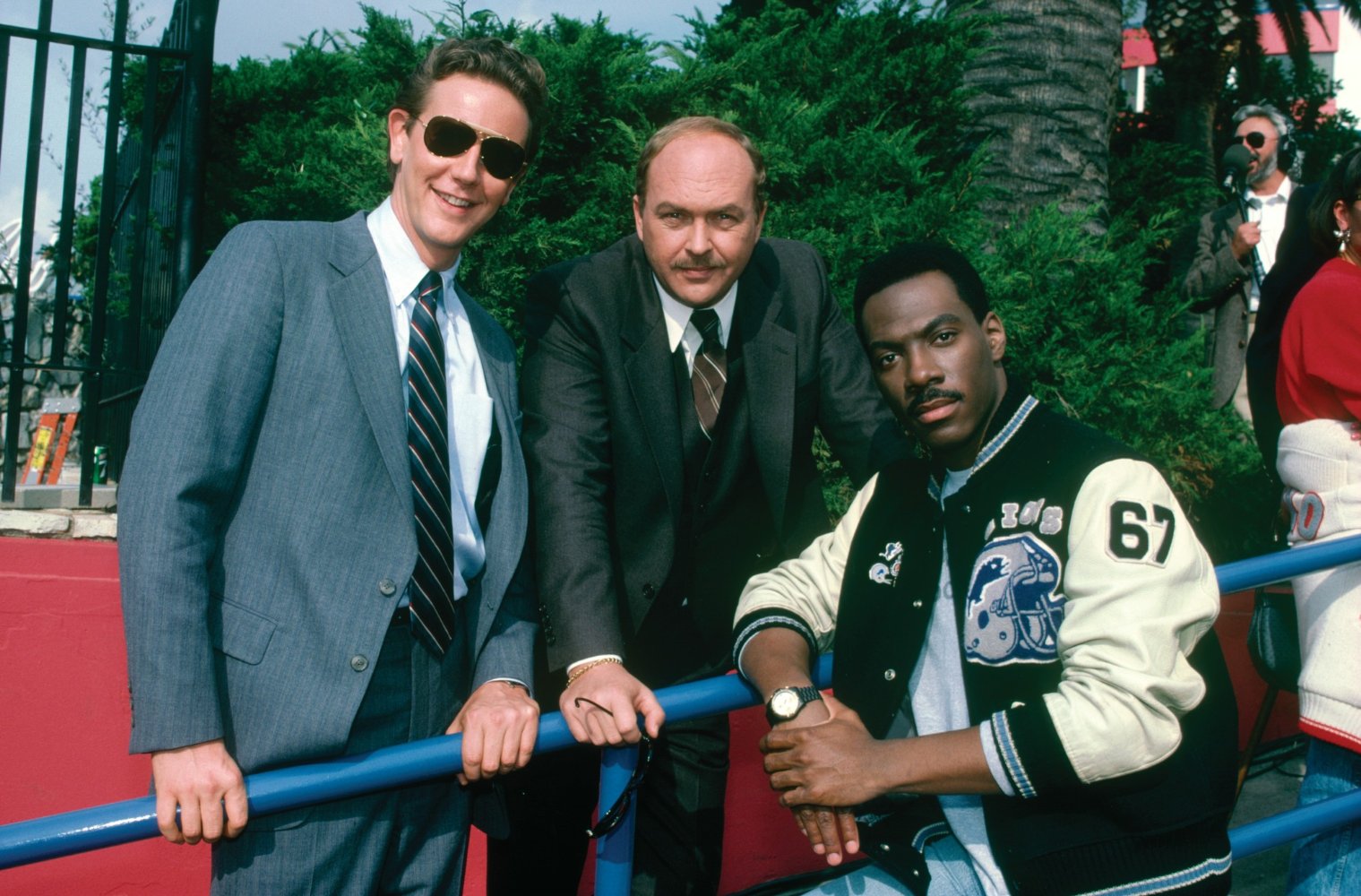
After the success of TOP GUN, producers Don Simpson and Jerry Bruckheimer hired Scott to helm the sequel to their 1984 smash hit BEVERLY HILLS COP. What Scott brought to the Cop franchise was a stylized action movie that was light on the comedy that made the original so successful and heavy on the gunfire.
The movie’s tone was more like that of Walter Hill’s 48 HRS. than the tone originally set by BEVERLY HILLS COP director Martin Brest — a reason why the original is often listed as far superior. Scott teamed up again with his TOP GUN cinematographer Jeffrey Kimball and painted LA in perpetual dusk.
Scott is said to always travel with his own signature-graduated filters to give those cloudy skies a rich magic-hour feel. And it gave this film a unique look that has been imitated numerous times. The tone shift from the original movie aside, this was a fun popcorn yarn with beautiful images, great action sequences, and the familiar characters and music that audiences loved from the original. Scott had two back-to-back commercial blockbusters under his belt, and his Hollywood career took off from here.
14. Days of Thunder (1990)
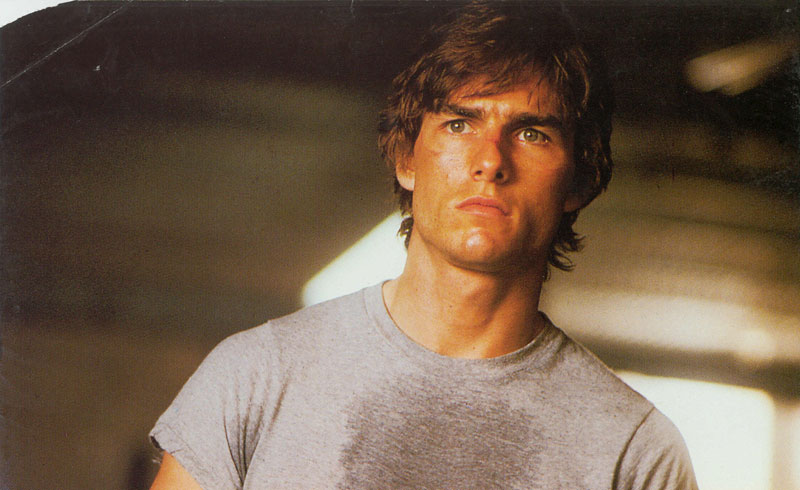
Producers Don Simpson and Jerry Bruckheimer hired Scott again, this time to tackle NASCAR racing in a movie that was nicknamed “TOP GUN with cars.” The similarities are apparent, but what Scott was able to achieve was to capture the thrill of being inside a car moving at 200mph and this achievement was significant in the world of filmmaking — he created his own NASCAR camera car to follow the action.
Scott would direct commercials in between his movies just so he could explore the latest camera rigs and other cutting edge photographic technology and then bring those new toys to his films. He was always pushing the edge with his camera work.
The only other NASCAR movie to date at that time was Hal Needham’s STROKER ACE (1983) and Needham utilized mostly stock footage for the bland racing sequences. Scott, on the other hard, took us onto the track and put us in the driver’s seat — literally. Jeffrey Kimball’s gaffer, Ward Russell, took over cinematography duties, and together Scott and Russell created an adrenaline ride of epic proportions. The movie’s inevitable downfall was its weak screenplay.
Shooting commenced before Robert Towne had finished the script — but the producers didn’t care. They knew that just putting Tom Cruise in a race car would make millions for them regardless of story. It did, but that kind of thinking showed in the final product. Make no mistake; this movie was a cool ride, with another fantastic score by Hans Zimmer. But ultimately, the movie proved a great argument against beginning photography before finishing the script.
13. The Last Boy Scout (1991)
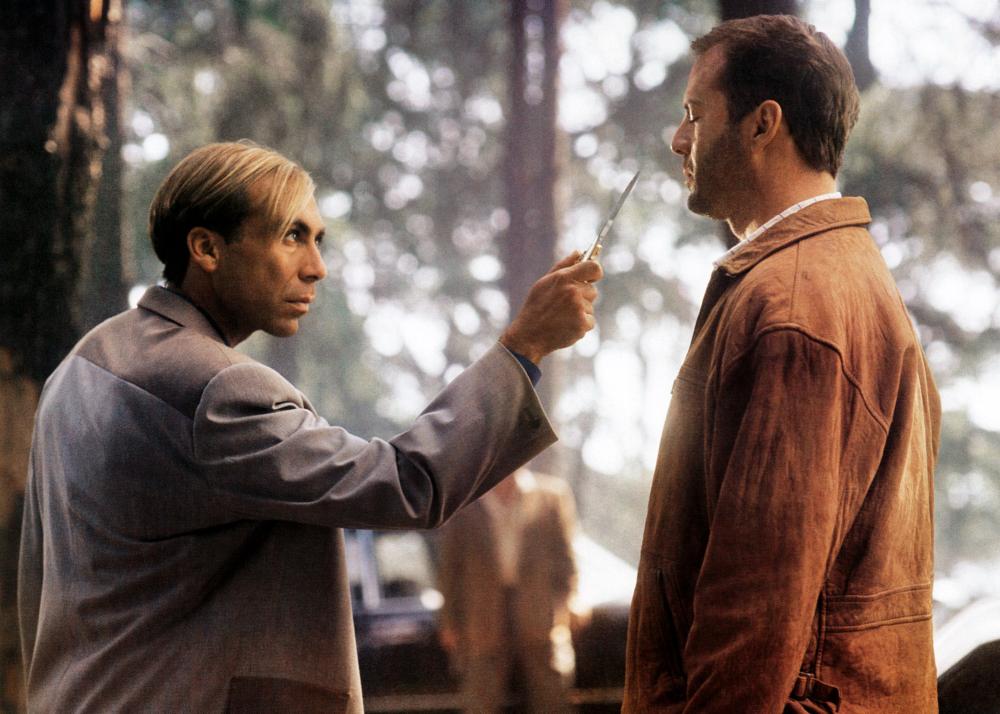
At the time, Shane Black’s screenplay for this movie was the highest spec script ever sold. Producer Joel Silver of Lethal Weapon fame hired Scott to tell the tale of a weathered ex-Secret Service agent turned private detective, Joe Hallenbeck, (Bruce Willis) who teams up with washed-up quarterback, Jimmy Dix, (Damon Wayans) to solve a murder that ultimately uncovers an assassination plot against a U.S. Congressman.
The troubled production had Scott and Silver at odds and this may have prevented Scott from getting everything he wanted on the film, but what he did accomplish was a bad-ass action flick that combined the wit and humor of Black’s screenplay with Scott’s signature stylized visuals. This was a fun but flawed movie.
12. The Taking of Pelham 1 2 3 (2009)
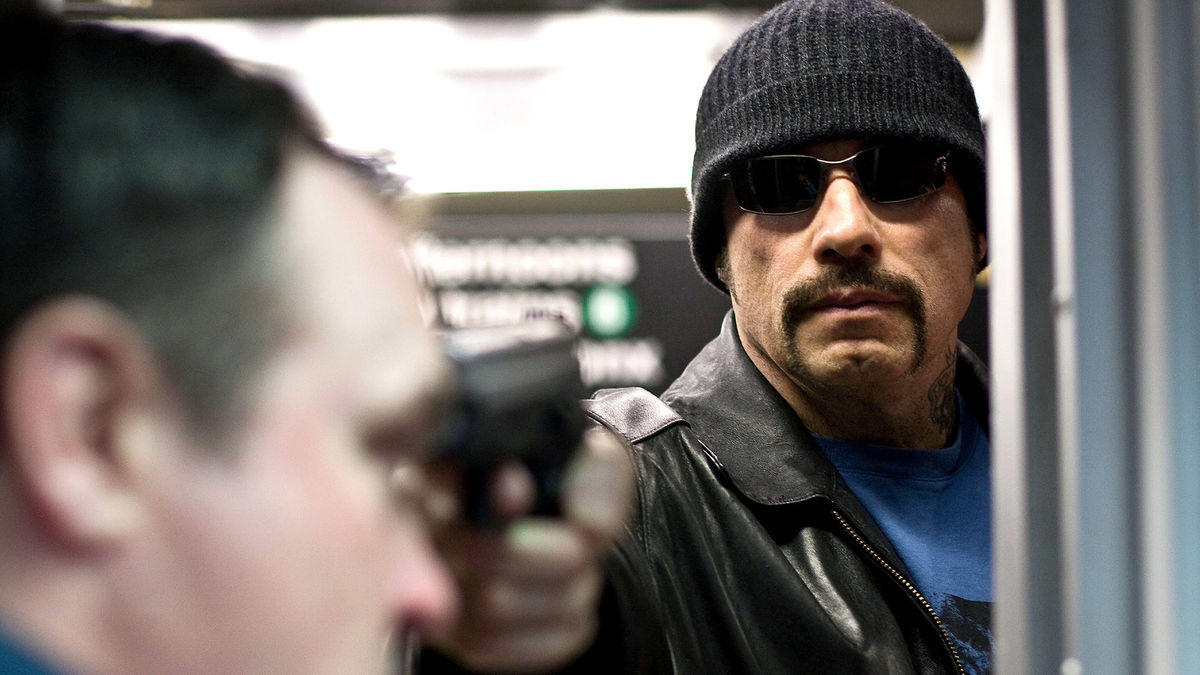
In this remake of the 1974 Joseph Sargent-directed movie, Denzel Washington steps into the Walter Matthau role and John Travolta takes on the Robert Shaw role. In most cases, remakes of classic films are not a good idea, but Scott was able to bring something fresh to this taut thriller by fully utilizing a great script by Brian Helgeland.
This is a nonstop thrill ride that keeps the audience on the edge of the seat while making us care for the characters at the same time. In this case, it’s Washington’s everyman, Walter Garber, who happens to be in the wrong place at the wrong time after being demoted from a supervisor position to train dispatcher during an ongoing corruption investigation.
Scott’s signature structure lets the story take off before we have a sense of who the characters are, but we get to know them as the story unfolds with the crisis. It’s a great device that he utilizes again in UNSTOPPABLE. Among the many strengths Scott brings to his movies are his frequent collaborators.
In this case, he teams up again with his editor Chris Lebenzon, production designer Chris Seagers, and composer Harry Gregson-Williams. Although this movie is not in the top ten of his films, it deserves a place in the Tony Scott lexicon of fantastic filmmaking that keeps us wanting to turn the page, hold our breath, cheer.
11. Enemy of the State (1998)
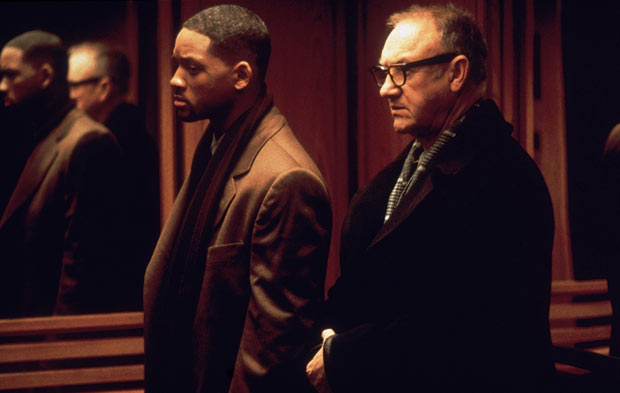
In an homage to the great 70s political thrillers Francis Ford Coppola’s THE CONVERSATION (1974) and Sydney Pollack’s THREE DAYS OF THE CONDOR (1975), Scott’s pre-9/11 cautionary tale of the threat of Big Brother violating our privacy is years before the Patriot Act and Edward Snowden and it warns us of the dangers of ignoring checks and balances in our government. The fantastic cast Scott assembles features Will Smith, Gene Hackman, Regina King, Lisa Bonet, Jon Voight, Barry Pepper, Gabriel Byrne, Jack Black, and Loren Dean.
It is worth mentioning the many times Scott casts African-American actors in lead roles that are not stereotypical. Much credit goes to groundbreaker Richard Donner for casting Danny Glover in his 1987 LETHAL WEAPON — Glover’s character, Roger Murtaugh, was written as white in the script.
In the case of Tony Scott, he casts this highly underrepresented minority group as heroes — something the rest of Hollywood could learn from. Will Smith and Regina King are standouts in the film. You “get” their marriage, you know who wears the pants, and when their relationship suffers, you feel it. It’s real. That’s what Scott offers in his movies.
Even if the subject matter is fantastical, he grounds everything in reality and so, it’s believable. For this film, Scott uses a frenetic shooting and editing style to articulate the satellite-mounted surveillance cameras that zoom in and out of our lives in seconds. He also frequently uses the landscape as a third character — like a western. It’s probably why he shoots all of his films on an anamorphic 2:35:1 canvas.
The locations play an important role in Scott’s films. He draws on them for inspiration, and then utilizes them to reveal character and heighten the crisis at hand. The Baltimore–Washington metropolitan area has never looked like this in any other film.
This was a great popcorn thriller with something to say. The film’s ending also showcases a frequent motif in Scott’s films — the Mexican standoff (First used in TRUE ROMANCE and then again in DOMINO). It does become a cliché after a while and it’s the only criticism of the film, but it doesn’t take away from the enjoyment and what the film ultimately conveys.
Comic relief in his films is another great Tony Scott touch. He knows exactly where to insert it in order to give the audience that necessary release after an intense scene. In this case, the casting of Jamie Kennedy, Jack Black, and Seth Green adds the right moments of “smiles” as Scott calls it. It’s a delicate balance, finding those humorous moments, and Scott excels at it.